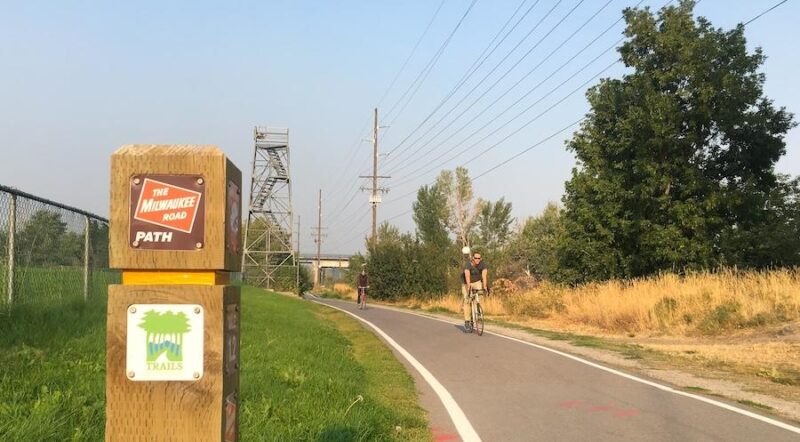A Look Ahead for the Trails Movement in 2022 and Beyond
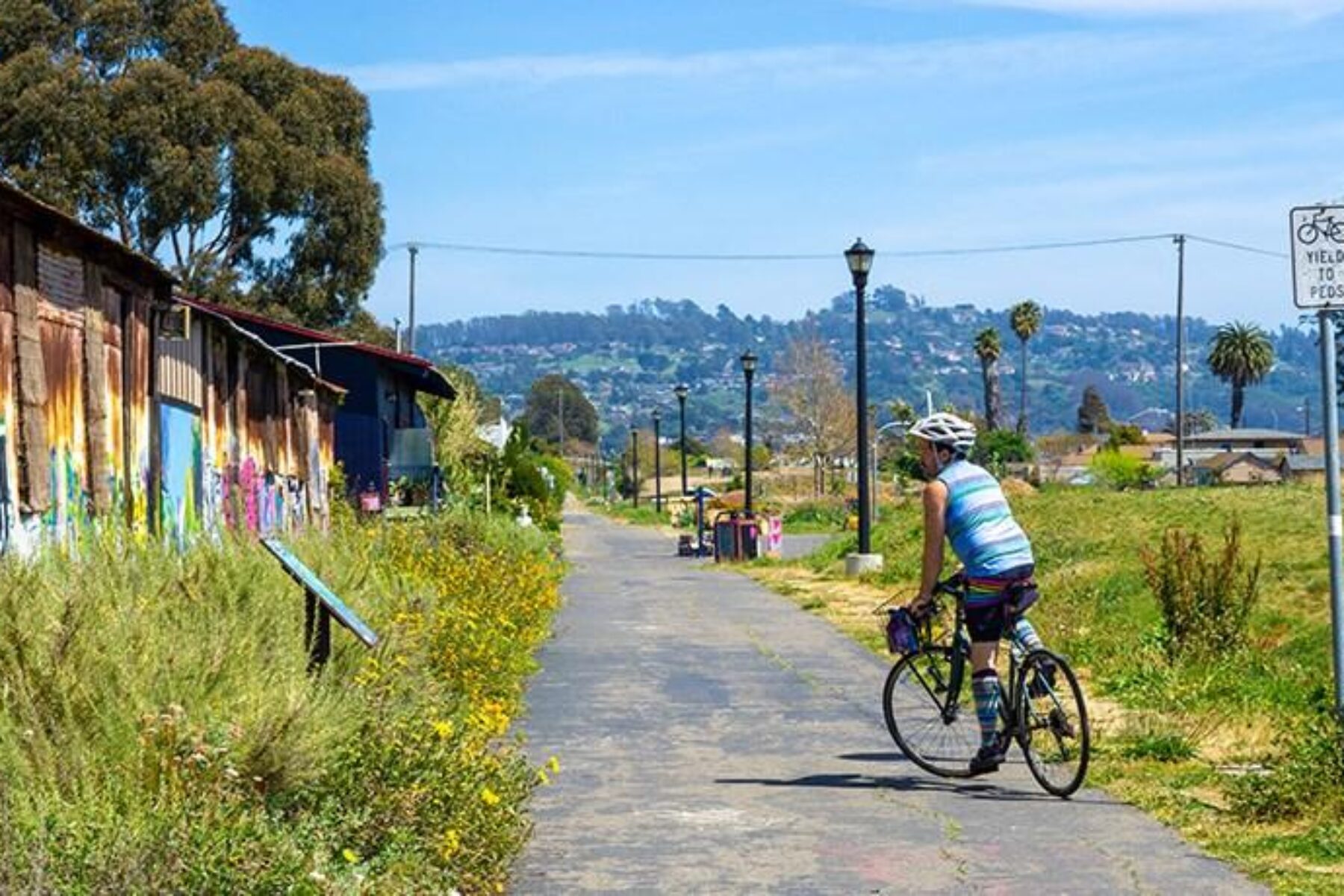
As we usher in 2022, people around the country prove more passionate than ever about trails, walking and biking. The same is true at Rails-to-Trails Conservancy (RTC), where the team is more dedicated than ever to connecting the nation by trail.
At RTC, we believe in the transformative power of trails—for the health and vitality of ourselves and our communities. That’s why we’re committed to connecting everyone, everywhere to these vital places and spaces.
The challenges of the past couple years have shown us that our work remains more important than ever. As we look ahead, we see opportunity and potential in the work and in the inspiration provided by the partners, friends and advocates with whom we share our collective vision.
Connecting Communities in Places That Need It the Most
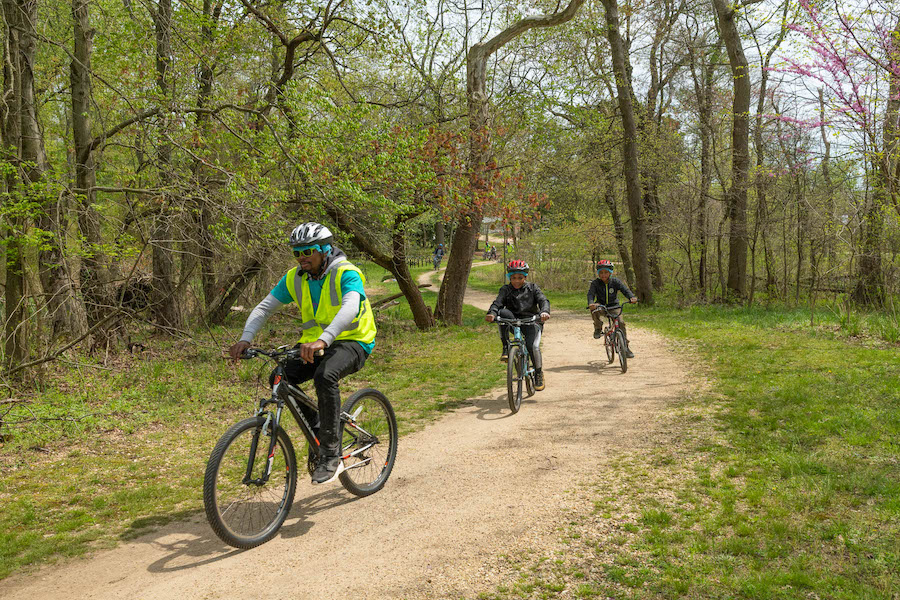
Despite a growing demand for trails, many people do not have access to trails and safe bicycling and pedestrian infrastructure—a challenge that’s been brought to the forefront these past few years. This lack of access is particularly demonstrated in Communities of Color and marginalized areas of major cities where discriminatory policies and planning practices have resulted in outsized health, economic and mobility challenges.
At RTC, we believe that trails are a transformative solution. Through RTC’s TrailNation™ work and through other national initiatives, the organization is guiding equitable trail-development strategies that will support communities in laying the groundwork for inclusive infrastructure with exponential benefits for health, transportation and community development.
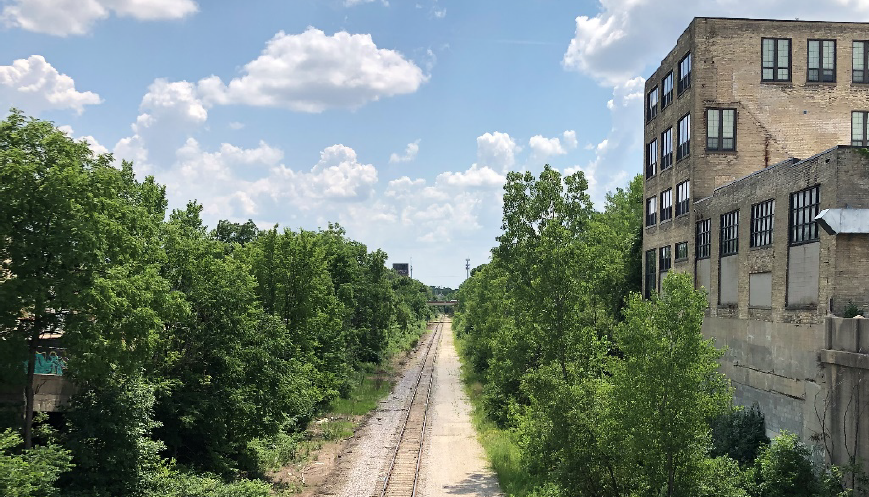
One example can be seen in Milwaukee, where analyses show unequal access to trails across the entire city. Two trail projects along the 700-mile developing Route of the Badger have the potential to significantly increase trail, walking and bicycling access. If these projects are completed, walking access would rise to 14% and biking access to 59%—increasing access to trails from 25,000 to 200,000 residents. One of those projects is the transformative 6.7-mile 30th Street Corridor; in partnership with the 30th Street Industrial Corridor Corporation, RTC is supporting efforts to define a plan with the community to bring this corridor to life as a trail.
Efforts like this one in Milwaukee—and others in places like in Baltimore and in the Bay Area—show us how important it is to understand access to trails so that we have the data available to guide equitable trail development strategies. Our GIS team is working to develop a national equity map analyzing where infrastructure is needed most and inform our work to further study safety and perceived safety concerns in relation to disparity issues around safe access—and develop evidenced-based best practices.
RELATED: Here Are Six Reasons Rails-to-Trails Is Celebrating This Year
Supporting Communities and States in Making the Most of New Federal Funding Opportunities
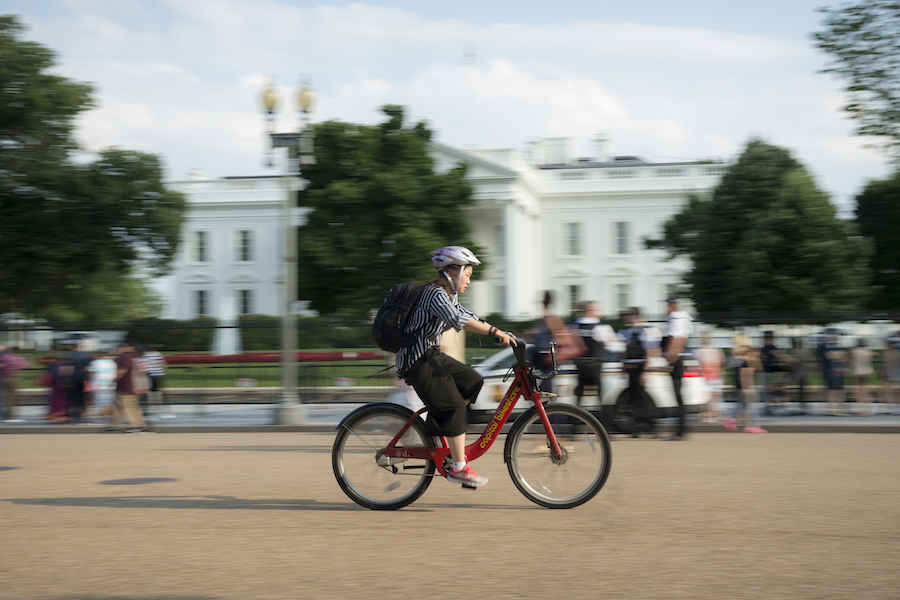
When the U.S. House of Representatives passed the $1.2 trillion bipartisan Infrastructure Investment and Jobs Act (IIJA) (H.R.3684)—which included significant advances for trails, walking and bicycling that RTC and partners had long championed—they opened up potentially game-changing opportunities beginning in 2022 to advance active transportation in communities in all 50 states.
Of note is the authorization of nearly 70% more funding for the country’s legacy Transportation Alternatives (TA) program, taking it from $850 million/year to an average of $1.44 billion/year. The bill also authorized the Active Transportation Infrastructure Investment Program—recognizing the need to invest in safe, walking and bicycling connections within, and between, communities—at $200 million per year, although the funding is not dedicated.
RELATED: Analysis: Bipartisan Infrastructure Bill Passes With New Opportunities for Trails, Walking and Biking
RTC is pivoting our focus to working with partners and federal and state agencies to ensure effective implementation of these programs, and to offer expertise and guidance in unlocking grant funding. Clear administrative guidance from the U.S. Department of Transportation about the grant funding process will be critical to support transportation planners and trail builders to ensure communities can use the programs to their full advantage in completing their trail networks.
RTC also remains committed to securing federal funding for the connectivity grants, which were authorized in the bill but will require annual appropriations, as well as for programs like the Recreational Trails Program, the only federal program supporting trail maintenance, which did not receive increased funding in the bill.
Benefits of Active Transportation
A recent RTC study by RTC, “Active Transportation Transforms America,” attributes $34.1 billion annually in economic activity across the country to active transportation, with the potential to grow to $138.5 billion annually as the connectivity of trail and active transportation networks improves.
Completing Epic Trail Corridors
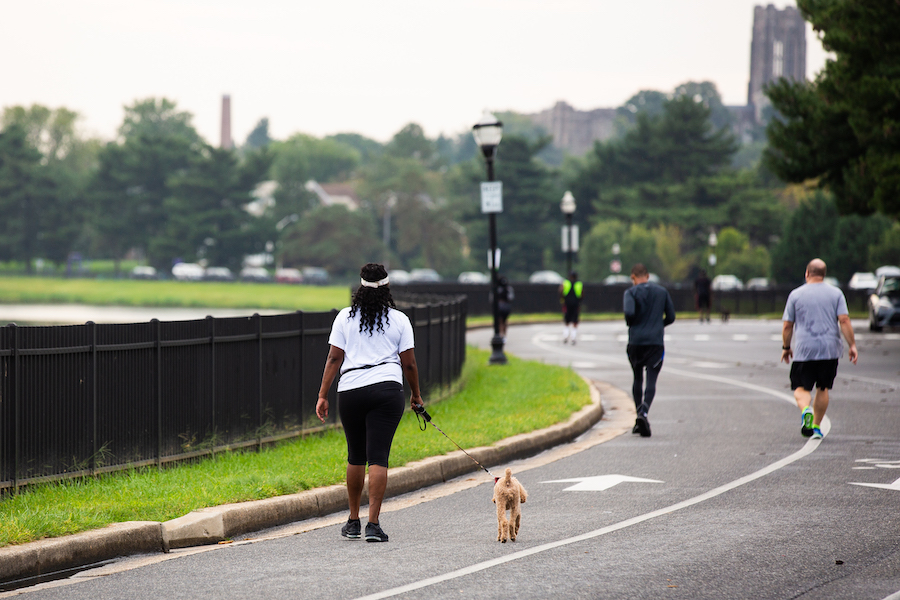
Our TrailNation™ work is redefining what it means to build trail networks—and what these vital assets can mean for people and places now and far into the future. Each of our eight projects is located in a diverse area of the country and takes an innovative approach to how trails and active transportation systems are built—from concept to implementation—proving the power of trails to create healthy, thriving communities.
These projects present opportunities in the next year for close collaboration and the sharing of best practices with hundreds of trail builders from across the country, and we expect to see no lack of momentum in the year ahead as we continue to support projects that will fill critical trail gaps along these networks, which range in size from 35 to a vast 2,500 miles.
In November of 2021, we awarded more than $300,000 to 45 priority projects in 16 states, a majority of which will support trail builders and advocates in advancing key projects in their communities within the TrailNation footprint.
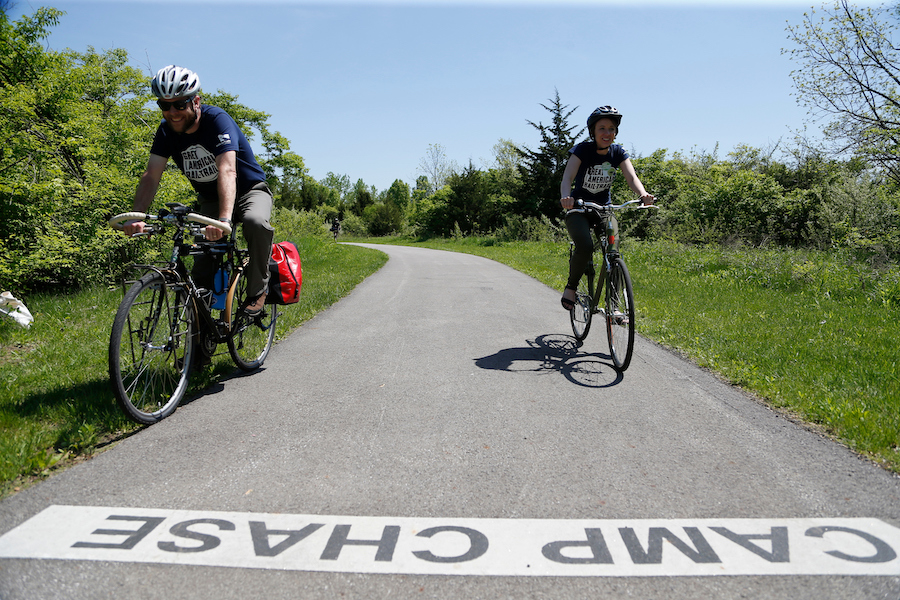
A portion of grant funding was also awarded to projects that will help fill critical gaps along the 3,700-mile cross-country Great American Rail-Trail™, which is 53% complete and growing. Approximately 1,700-miles of trail gaps still exist along this epic corridor, which saw investments of $15.6 million in 2021 alone in public and private funds to build, complete and connect new trails along the route. Much of this funding is going toward crucial developments that will begin to materialize in 2022 and take the Great American closer to completion.

In 2021, RTC connected people all around the United States to trails through our work and through projects like TrailLink.com™—which saw some 10.5 million visitors in 2021. As we work toward our vision of connecting the nation by trail, we will continue to support the millions of people across the country who are seeking safe, convenient trails to be active, reset and connect with friends and family.
Their stories are inspiring and their passion for safe places to walk and bike is an inspiration to RTC—each of their “Trail Moments” reaffirms our commitment to connecting everyone, everywhere to safe places to walk and bike.

Donate
Everyone deserves access to safe ways to walk, bike, and be active outdoors.



